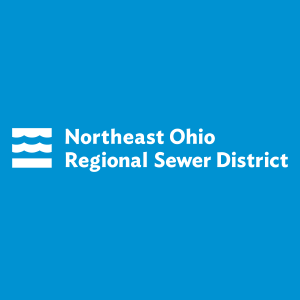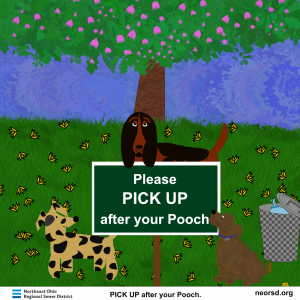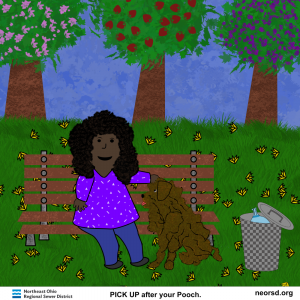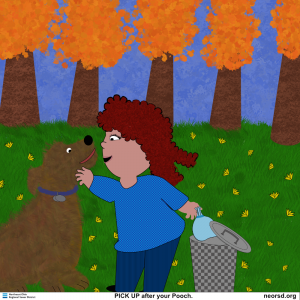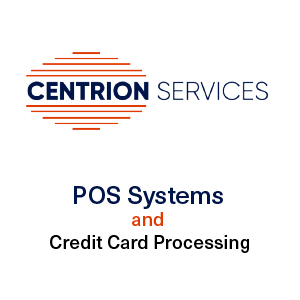Many American students have faced a history of poverty and scarcity when it comes to their school lunches. Children either brought their own food to school or they went hungry. During World War II, there was a temporary shortage of school lunches because the food went to American soldiers instead. (Gunderson 2000)
President Truman wanted to change this, so he created the National School Lunch Program, or NSLP, in 1946 using the Richard B. Russell National School Lunch Act. According to the United States Department of Agriculture, the NSLP is “a federal meal program operating in public and nonprofit private schools” that provides healthy lunches to children that are either cheap or free.
However, there is a debate about free school lunch programs in America. Some people cannot agree about who is responsible for feeding students or what is the best way to provide help.
What is wrong with the current system?
According to an article by Sarah Riggs Stapleton on fatherly.com, lunch-shaming incidents have been occurring across the country. Children who cannot afford meals are often marked with bracelets or given “stigmatized cold partial meals in lieu of the regular hot lunch.” (Stapleton 2017)
Hunger affects learning as well. Students who do not eat cannot concentrate and may even end up in the nurse’s office with hunger pangs. Sometimes, a school lunch is the only meal an impoverished child will have all day.
Who should pay for school lunches?
Some believe that everyone should have access to free lunches regardless of their family’s income. Others believe parents should seek out a raise or get a second job to afford food from the cafeteria.
For example, D.C. resident Mary Williams remarked, “I knew a really lazy single mom like this who claimed she was literally too poor to get a job. She said she couldn’t afford gas money or decent child care. I understood that good daycares are hard to find, but she could have asked her mother for rides to a nearby job or even walked. You will do anything to make sure your child eats if you really love them.”
Williams denied that she wanted to see any child go hungry, saying, “That would be barbaric. It’s not that I want kids to starve. I just think parents have no excuse. The only exception for a handout I can think of would be if a bully stole some poor kid’s lunch.”
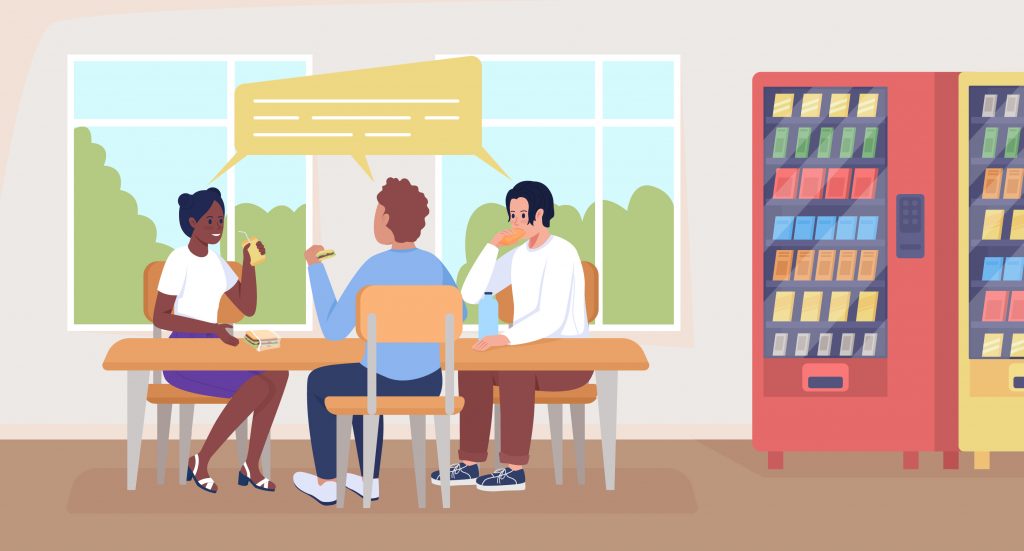
How to Qualify?
Students “may be determined ‘categorically eligible’ for free meals through participation in certain federal assistance programs” like SNAP. Homeless students or those in state-funded pre-kindergarten may also be approved, according to the USDA. They can also qualify for free lunches if their family’s income is at or below 130% of the federal poverty level. Household size is also a factor. For instance, an Ohio household of two with an annual income of $25,636 or below would currently qualify. A family of five that made $45,682 in an American state or territory would also be eligible. Alaska and Hawaii have slightly different rules. For example, an Alaskan family of three would have to make $40,391 or less to receive food. Income eligibility guidelines also change every year.
Both sides of the debate would agree that student hunger is a serious problem in America. If you would like to find out more about how to qualify for free school lunches, go to this website for income eligibility guidelines or this one for US poverty guidelines.
- The article has been updated to reflect current federal guidelines.
This article was originally written and published in 2019 for Zealousness issue #13. Our team performed a new revision in preparation for the blog publication 2024.
Read more education-related articles on our Zealousness blog Education – iN Education Inc. (ineducationonline.org).
Sources:
- “Poverty Guidelines.” ASPE: Office of the Assistant Secretary For Planning and Evaluation. Accessed January 2, 2024. https://aspe.hhs.gov/topics/poverty-economic-mobility/poverty-guidelines
- “FAQ about America’s NSLP.” The National School Lunch Program. November 2017. https://fns-prod.azureedge.net/sites/default/files/resource-files/NSLPFactSheet.pdf
- Stapleton, Sarah Riggs. “Kids Who Can’t Afford School Lunch Are Served Humiliation Instead.” Fatherly. October 02, 2017. Accessed July 03, 2019. https://www.fatherly.com/news/feed-kids-school-lunch-not-shame/.
- “Income Eligibility Guidelines.” USDA. Accessed January 2, 2023. https://www.fns.usda.gov/cn/fr-020923.
- Gunderson, Gordon W. “Background and Development.” Background and Development|USDA-FNS. March 30, 2000. Accessed July 30, 2019. https://www.fns.usda.gov/nslp/history.




